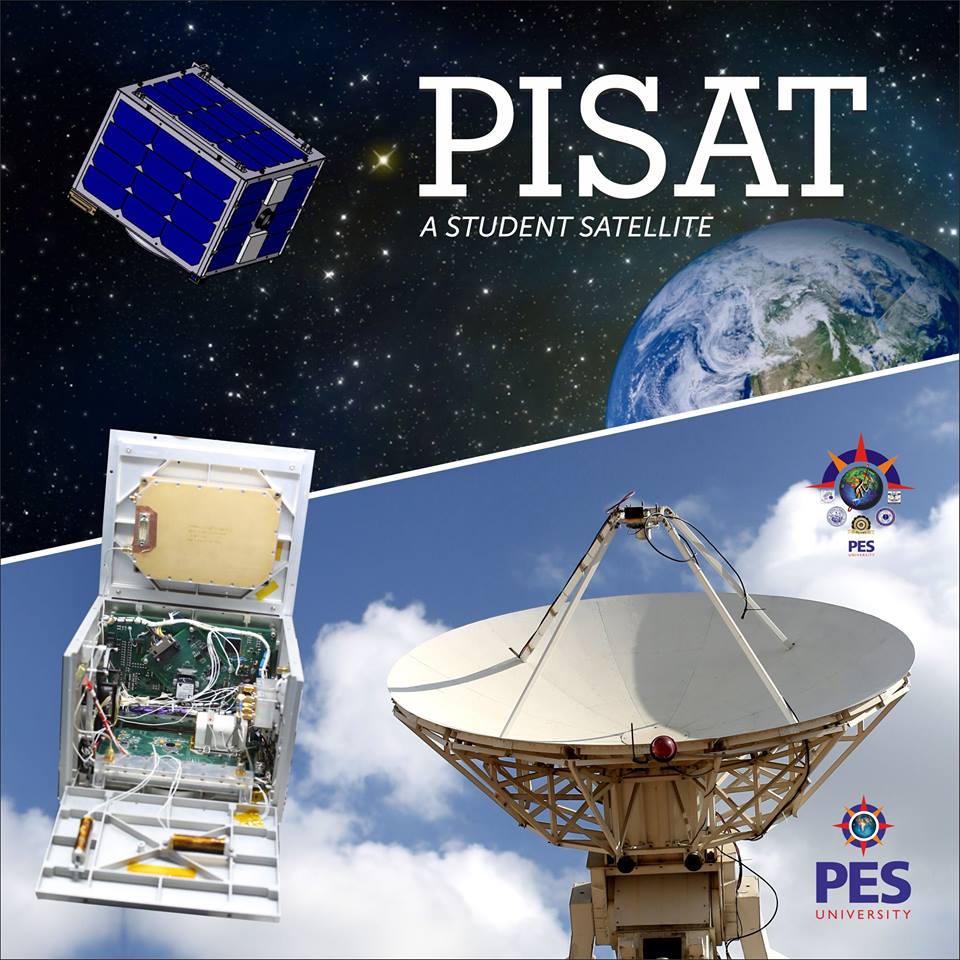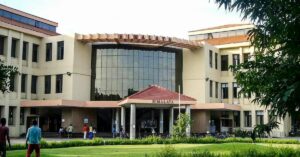ISRO to Launch Nanosatellite Built by 250 Students from Bengaluru College
A nanosatellite developed by 250 students of PES University in Bengaluru will soon be launched by Indian Space Research Organization, along with one of its space missions.

A nanosatellite developed by 250 students of PES University in Bengaluru will soon be launched by Indian Space Research Organization, along with one of its space missions. The satellite named PISAT, will take high resolution pictures of Earth from space. It will revolve around Earth at a distance of 680-720 km.
PES students and professors will control it from a commanding and control station that has been established in the university campus.

Source: Facebook
Professor V Sambasivarao, a faculty member of PES and former Deputy Director of ISRO initiated the project in 2011. “I retired in 2011and started teaching at PES Engineering College. Since then, I have wanted students to understand that space isn’t something beyond their imagination and building a rocket isn’t rocket science. We started working on the student satellite programme by the end of 2011. The management has funded the whole project and we roped in ISRO at every step,” he told The Times of India.
He was accompanied with Dr V K Agarwal, who was also in ISRO formerly, and assistant professor Divya Rao. The project took five years for completion and ISRO scientists guided the students throughout.
The satellite design was reviewed by ISRO scientists who visited the college recently. They tested its working and the students were provided with a flight-model-for-launch clearance. According to Professor Sambasivarao, ISRO scientists have asked them to hand over the satellite by June 10 and they have already finalised the PSLV with which it will be launched.
Engineering students from all disciplines participated in the development of the satellite in collaboration with four other colleges – SKR Engineering College, Chennai; Sona College of Technology, Salem; Veltech University, Chennai and Nehru College of Engineering, Thrissur.
As PISAT will be an ongoing project, new students are enrolled in the team every year. “There were many such ‘wow’ moments during the course of this project. It’s a matter of great pride that our satellite is ready to fly with ISRO’s PSLV,” Sukruthi Savukar, a second-year mechanical engineering student who is a part of the project told TOI.
According to Professor Divya Rao, the team worked on three to four designs before the nanosatellite was finalised.
Also Read: Pune Students Made Their Own Satellite and ISRO Will Be Launching It in Space Soon
Like this story? Or have something to share? Write to us: [email protected], or connect with us on Facebook and Twitter (@thebetterindia).
This story made me
- 97
- 121
- 89
- 167
Tell Us More
We bring stories straight from the heart of India, to inspire millions and create a wave of impact. Our positive movement is growing bigger everyday, and we would love for you to join it.
Please contribute whatever you can, every little penny helps our team in bringing you more stories that support dreams and spread hope.


















